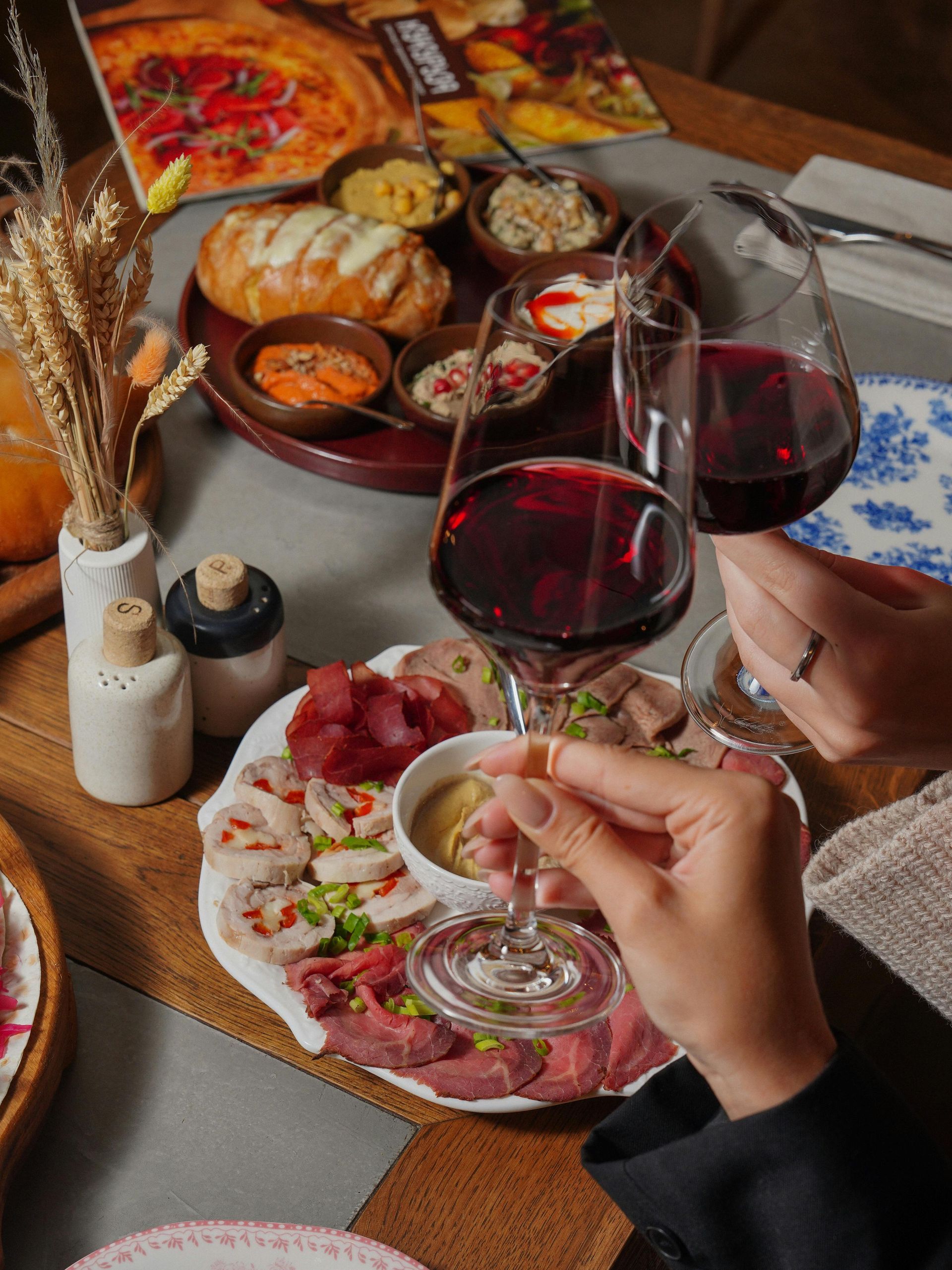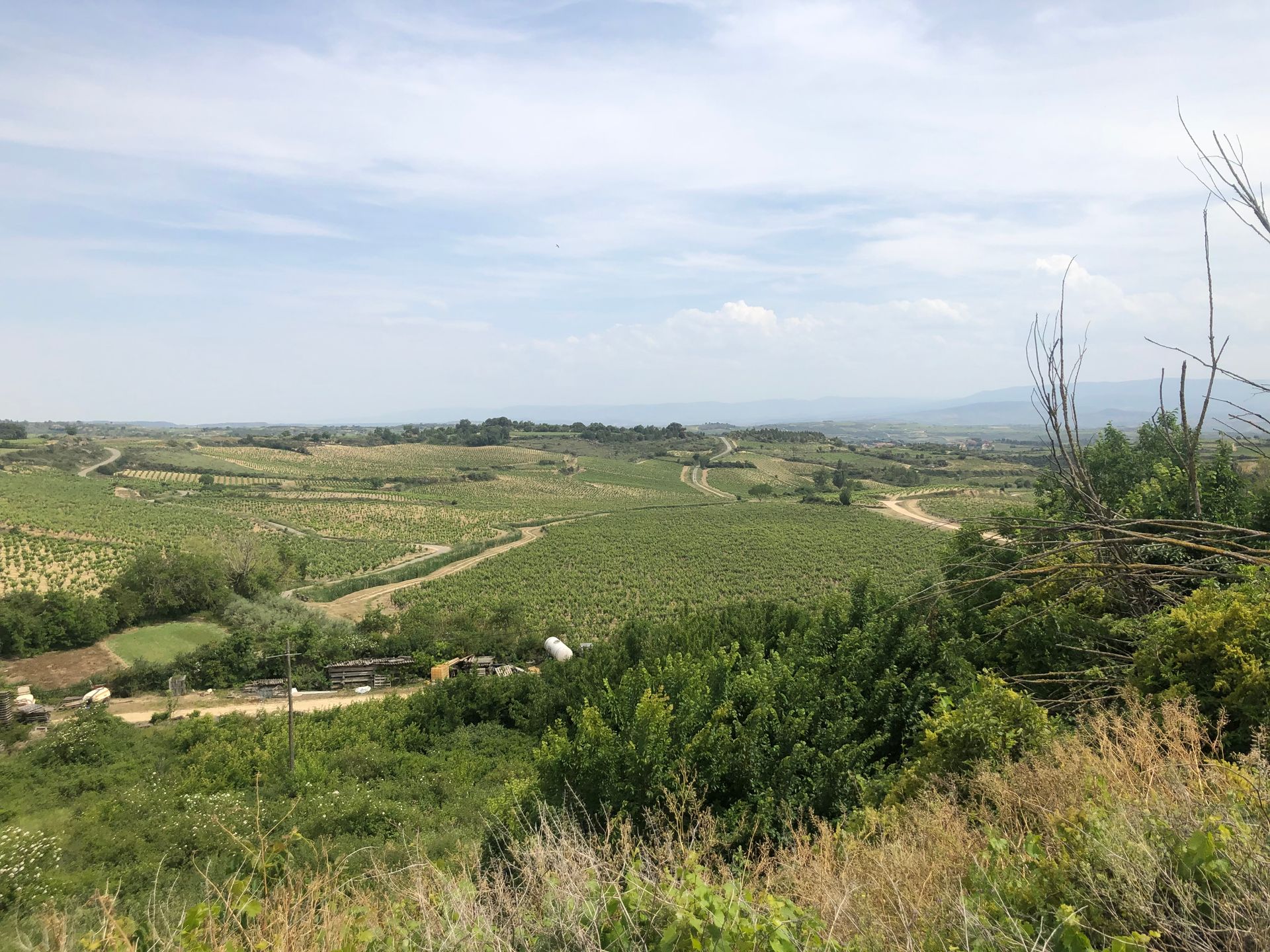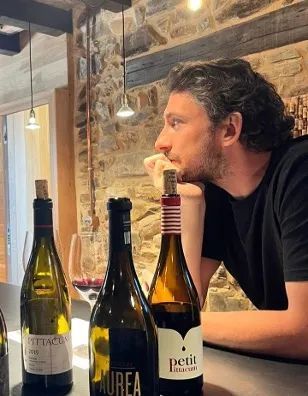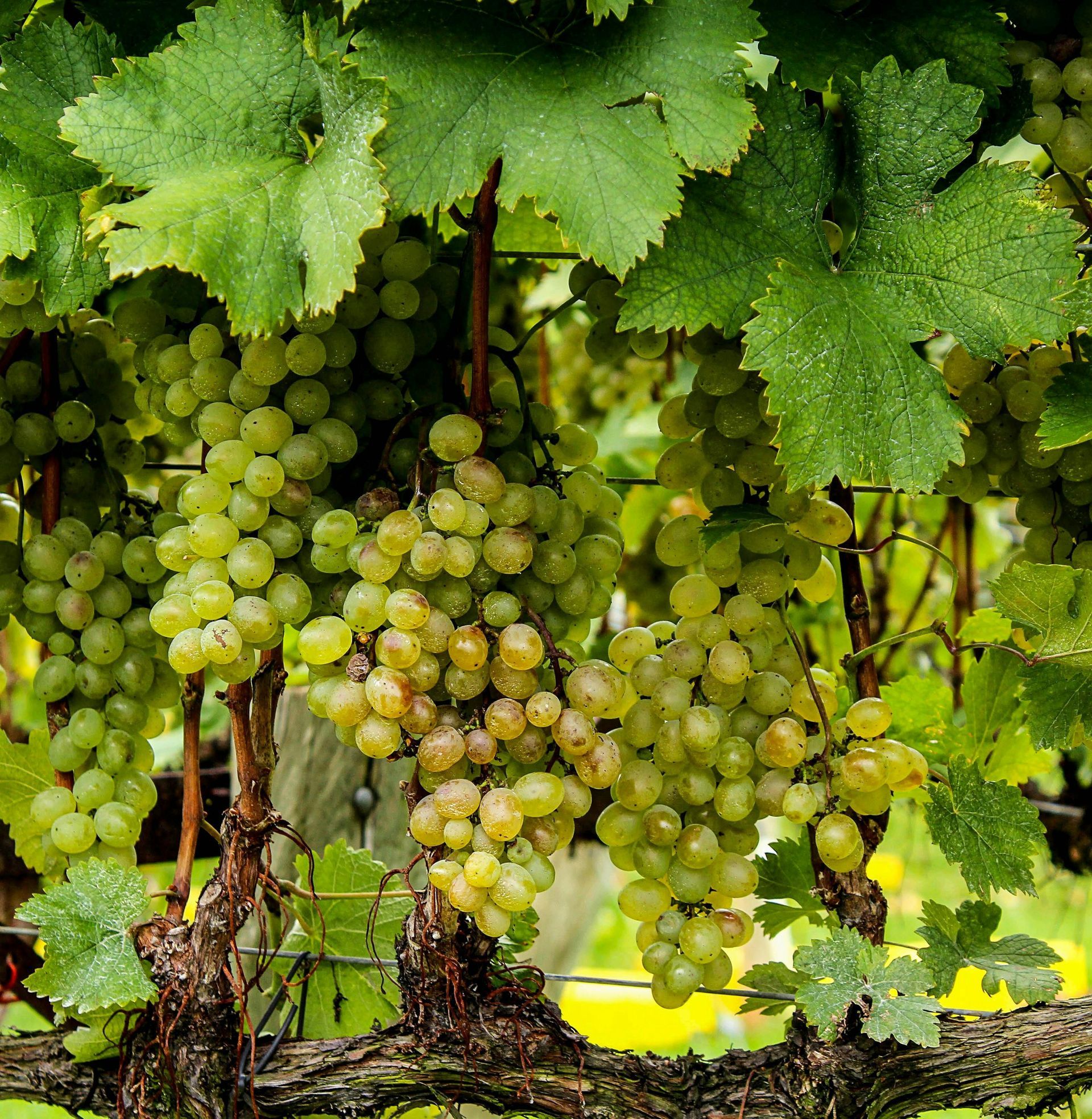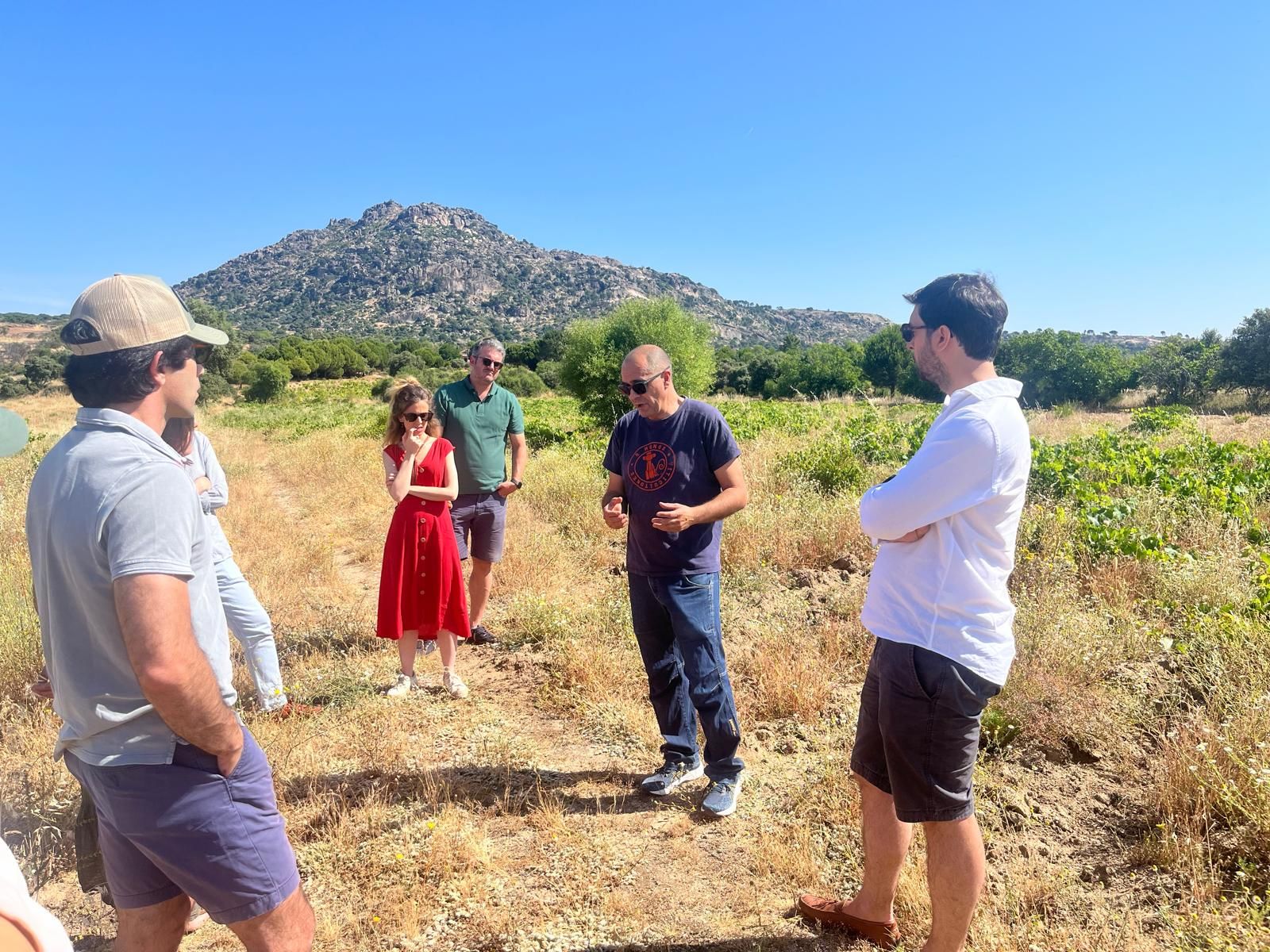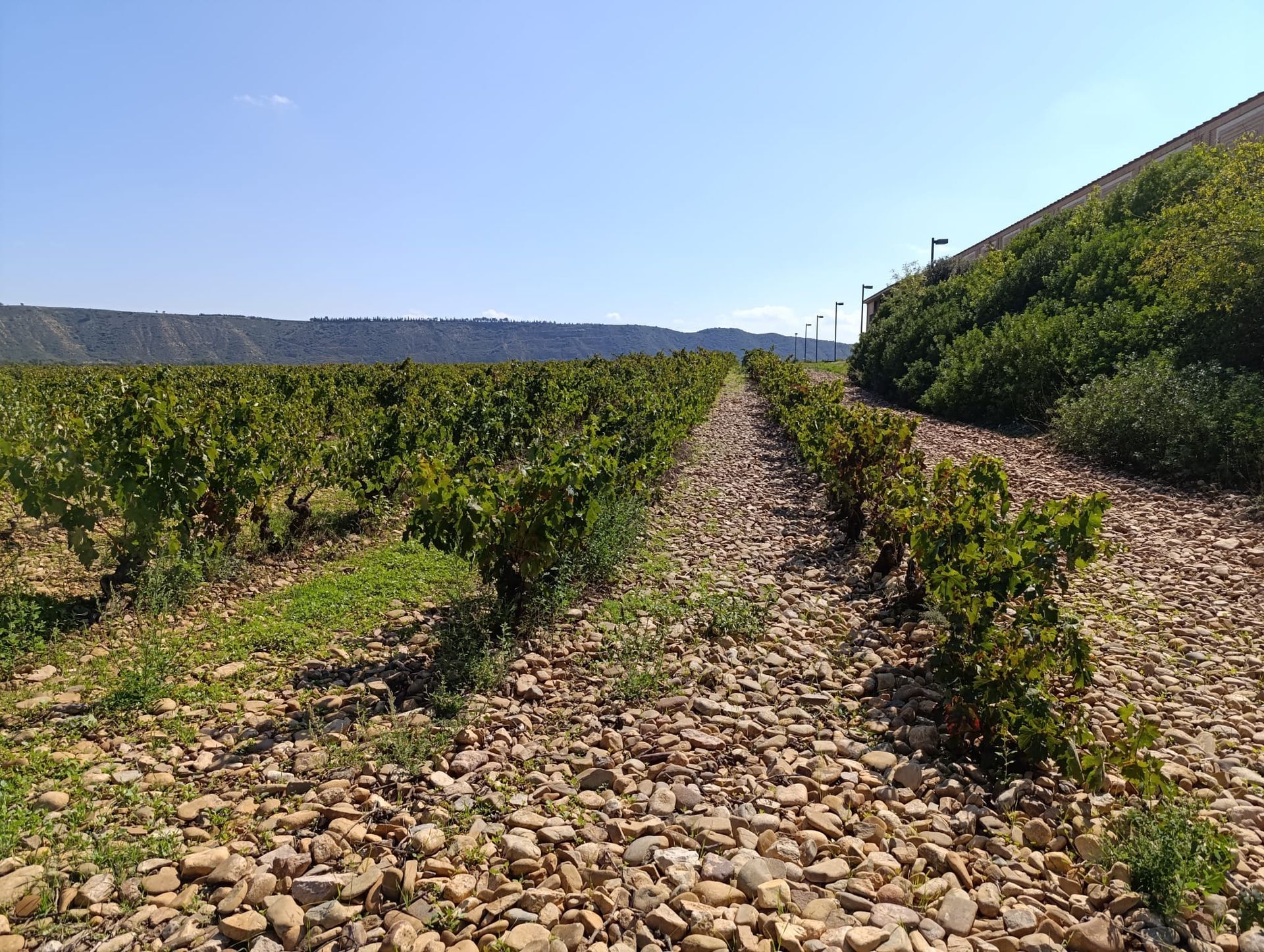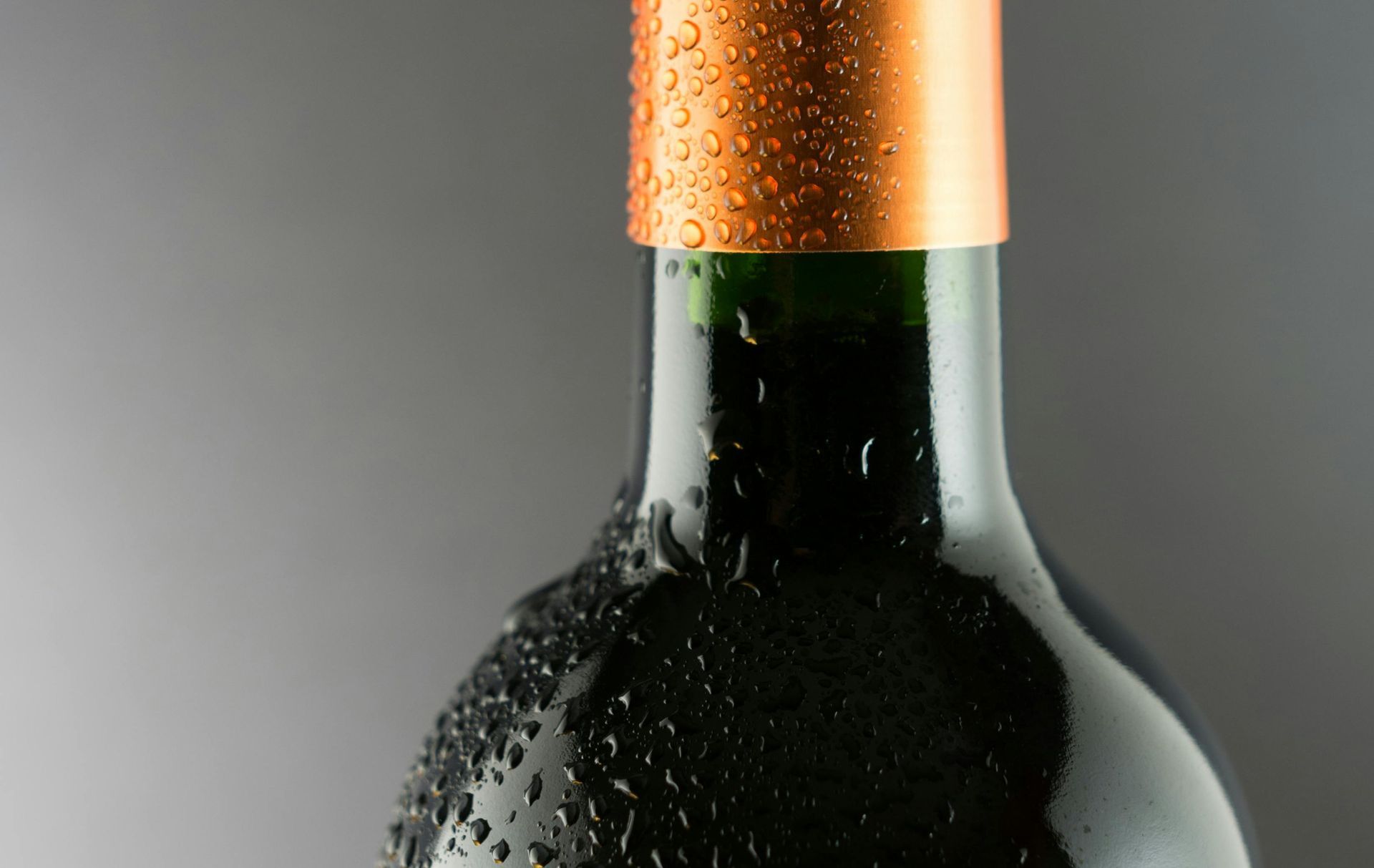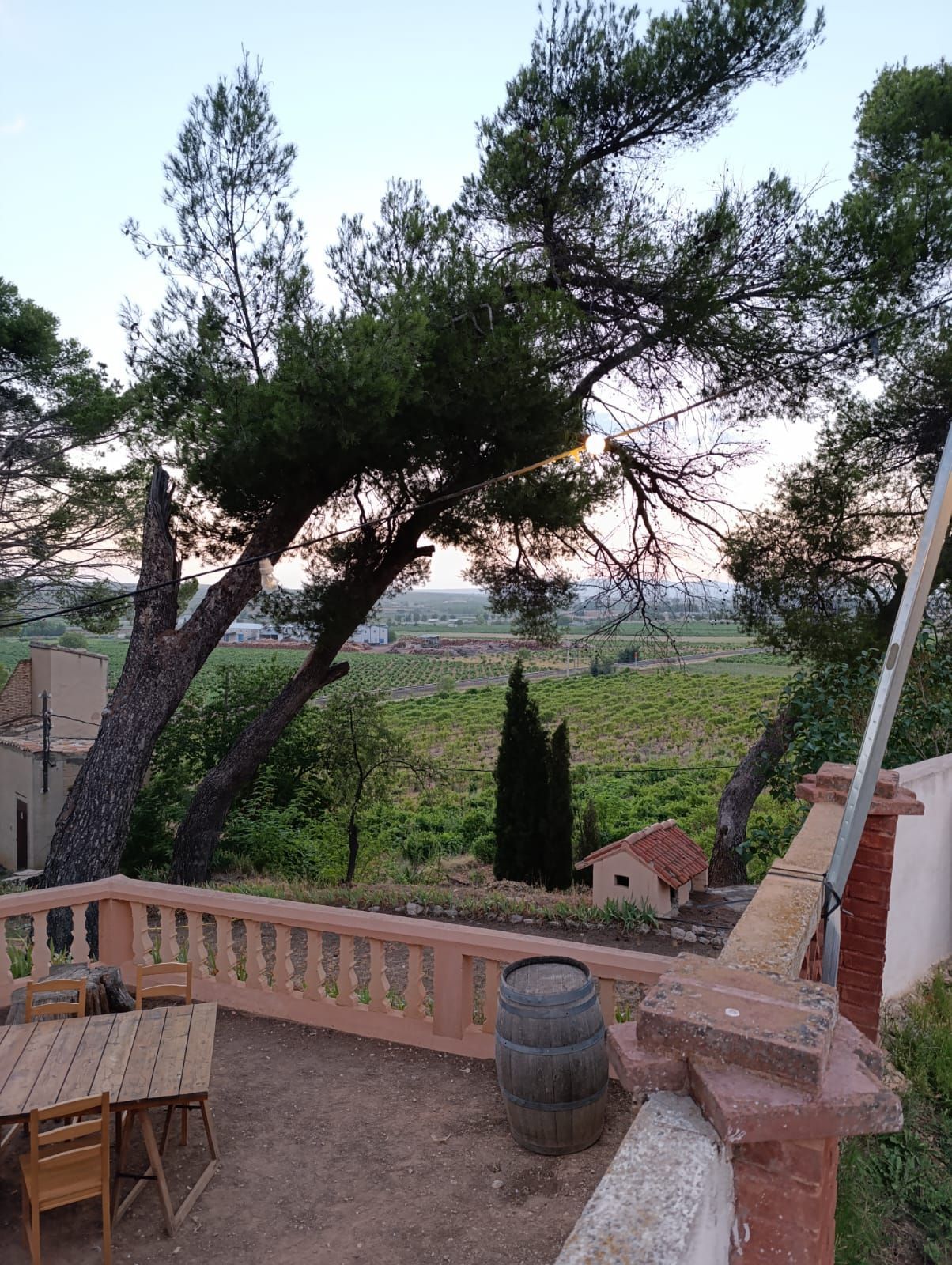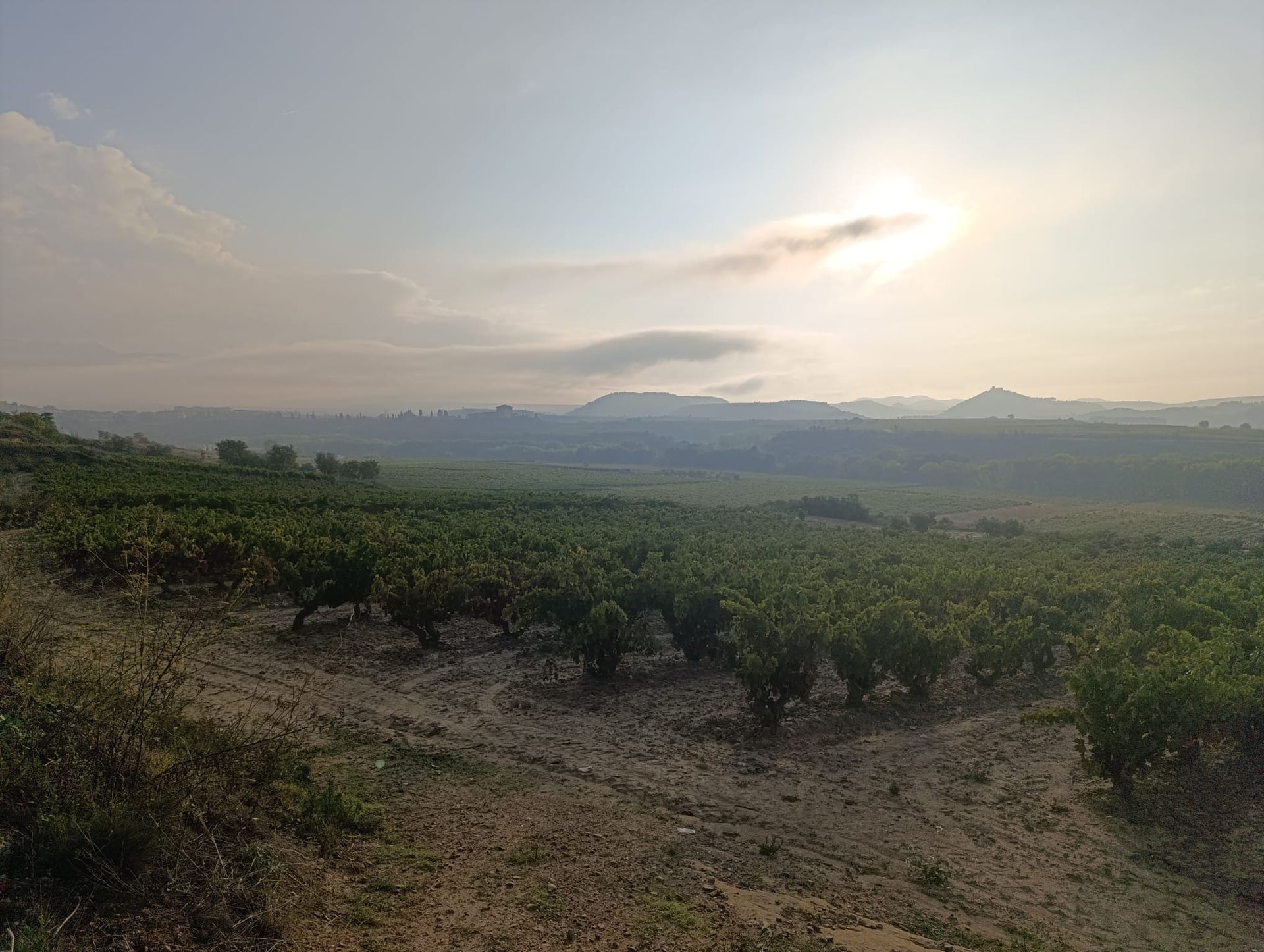Tempranillo Tales: The Spirit of Ribera del Duero
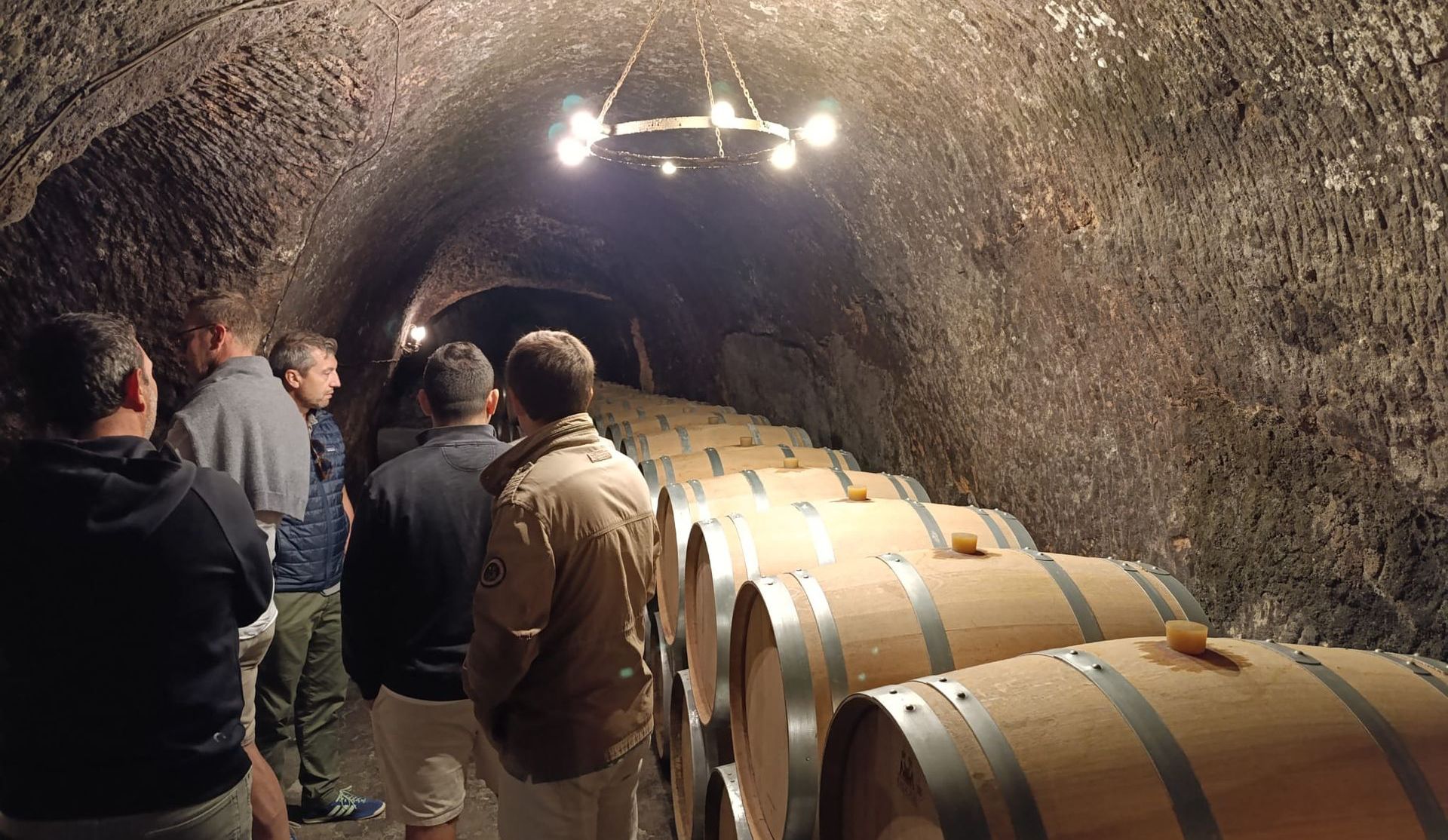
In the dusty plains of Castile and León, where the Duero River carves its path through the heart of Spain, lies Ribera del Duero. It’s a place that feels like it was poured straight from a bottle; dark, bold, and brimming with stories. Just two hours from Madrid, this D.O. (Denominación de Origen) is an easy escape for anyone looking to trade city lights for vineyard sunsets and a glass of something profound.
Officially founded as a D.O. in 1982, Ribera del Duero has been crafting liquid poetry for centuries. The region’s winemaking roots date back to Roman times. Over time, however, French influence seeped in, bringing new techniques and barrels that shaped Ribera’s identity. But make no mistake, this land dances to its own rhythm. The soils are a patchwork quilt of limestone, clay, and sand, creating wines with structure, elegance, and undeniable personality. And a quick visit to the "barrio de las bodegas" where barrels once aged in cool, dark secrecy, will soon have you forgetting any modern machinery you've witnessed. And don't forget your jacket! These caves maintain a steady 11 or 12 degrees year-round with a natural humidity of 80%+. Perfect for ageing wine.
A Harvest That Defies the Clock
Ribera del Duero isn’t just any wine region. It boasts one of the longest harvest seasons in the world. From early September to November, grapes hang out on the vines, soaking up the late-summer sun and cool autumn nights. The result? Wines with depth, character, and the kind of intensity that sticks with you long after the bottle’s empty.
But that’s just the beginning. Let’s break this place down, province by province, because Ribera del Duero stretches over four: Burgos, Valladolid, Soria, and Segovia. Each has its own flavour both in wine and life.
Burgos – The Beating Heart
Burgos is Ribera’s epicentre, home to sprawling vineyards and medieval villages where history clings to the walls like ivy.
Wineries to Visit:
- Bodegas Nabal: Modern winery paying homage to Ribera's roots producing quality wines.
- Bodegas Portia: Architectural brilliance and modern wines.
- Finca Torremilanos: Biodynamic pioneers with elegance in every bottle.
- Félix Callejo: Family project respecting the soils.
- Val Sotillo: Fantastic wines being crafted by the 5th generation in historic caves.
Where to Eat:
- Asador El Ciprés (Aranda de Duero): Legendary roast lamb cooked in wood-fired ovens.
- Restaurante Lagar de Isilla: Quintessential Castilian cuisine with excellent local wines.
- Casa Florencio: Rustic dishes and hearty portions, perfect after a day of tastings.
Where to Sleep:
- Landa Hotel (Burgos): High-end elegance with medieval charm.
- Hotel Spa Tudanca Aranda (Aranda de Duero): Affordable comfort with spa amenities.
- El Hotel Rural y Spa Kinedomus Bienestar: A budget-friendly countryside retreat with wellness options.
Valladolid – The Golden Mile
Valladolid is where you’ll find Ribera’s better-known names. The names that put this region on the global wine map.
Wineries to Visit:
- Bodegas Virtus: Small production but always with a Gran Reserva.
- Bodegas Emilio Moro: Tradition meets innovation.
- Pago de Carraovejas: Modernity and opulence overlooking Peñafiel.
- Dominio Lubiano: Relatively new, but with years of prior experience.
- Abadía Retuerta (Sardón de Duero): Technically outside the D.O., but worth bending the rules.
Where to Eat:
- El Lagar de San Vicente: Famous for suckling lamb and excellent service.
- Restaurante Curioso: Modern twists on traditional dishes with an extensive wine list.
- Melida Wines: Great tasting menus in a small winery.
Where to Sleep:
- Hotel Castilla Termal Monasterio de Valbuena: High-end luxury in a restored monastery.
- El Encanto Casa Rural: Great house located in Peñafiel ideal for groups and/or families.
- AZZ Peñafiel Las Claras: Mid-range modern comfort with history.
Soria – The Quiet Rebel
Soria is the underdog, the outlier, the rebel with a corkscrew. It’s where smaller wineries push boundaries and rewrite the rules.
Wineries to Visit:
- Dominio de Atauta: Known for high-altitude vineyards and old vines.
- Lunas de Castromoro: Organic, experimental, and unforgettable.
- Bodegas Gormaz: Old vines and modern techniques.
- Antídoto: Biodynamic brilliance in a bottle.
- Aranda-de Vries: Family-run and the smallest in the area.
Where to Eat:
- El Bomba: Rustic tapas and hearty Castilian fare.
- Casa Vallecas: Upscale dining in a historic setting.
- Baluarte: Michelin Star excellence from Óscar García.
Where to Sleep:
- Hotel Castilla Termal Burgo de Osma: Luxury in a restored 16th-century university.
- Hostal Mayor 71: Affordable charm in the heart of wine country.
- Hotel Rivera: Budget-friendly comfort.
Segovia – A Side Note Worth Writing
Segovia’s stretch of Ribera is more of a footnote than a chapter, but it’s worth a quick detour. While vineyards are fewer, the scenery steals the show. Think Roman aqueducts and fairy-tale castles.
Quick Hits:
- Visit Segovia city for its roast suckling pig at Mesón de Cándido.
- Wander the cobbled streets and sip local wines in quiet cafés.
- Admire the Alcázar of Segovia. It looks straight out of a Disney movie.
The Grapes, the Rules, and the Future
Ribera del Duero runs on Tempranillo, known locally as Tinta del País or Tinto Fino. By law, reds must be at least 75% Tempranillo, but blending with Cabernet Sauvignon, Merlot, Malbec, or Garnacha is allowed. And since 2019, Albillo Mayor has been stealing the spotlight for whites, proving that Ribera isn’t just a one-trick pony.
Ageing categories? Joven wines are young and wild, Crianza finds balance, Reserva is polished, and Gran Reserva is downright regal.
Vino joven/cosecha: No minimum time in oak required.
Crianza: Two years to market with at least one in oak.
Reserva: Three years to market with at least one in oak.
Gran Reserva: Five years to market with at least two in oak.
Curiosities You Can’t Ignore
- Altitude Matters: Vineyards here stretch from 720 to over 1,000 metres, giving wines their signature acidity and elegance.
- Extreme Weather: Hot days, freezing nights. Ribera’s grapes thrive on stress, like all great artists.
- Historical Roots: Romans planted vines here, monks perfected winemaking, and now modern vintners push boundaries.
Final Sip
The future of Ribera del Duero is as bright as the Spanish sun. With a new generation of winemakers embracing sustainability and innovation, the region continues to evolve while honouring its rich heritage. The wines of Ribera del Duero are not just a taste of Spain; they are a taste of history, of tradition, of a land and its people.
And remember, among the larger and better-known wineries are hundreds of artisans producing some of the best wines we’ve tasted. So whilst not entirely accessible from a tourism point of view, it should be considered when tasting. Three of our favourites this year are Jorge Granado, Lunas de Castromoro and Ramos Ducher.
So here’s to Ribera del Duero, a place where the road is paved with vines, and each bottle is a ticket to a timeless journey. Whether you’re a seasoned traveller of the wine world or a curious newcomer, Ribera del Duero invites you to explore its depths, to savour its stories, and to join the ever-unfolding adventure.
Got the itch to explore? Drop me a
line
to book a custom
tour, or check out the options on the tour page. Either way, the wines are waiting.

